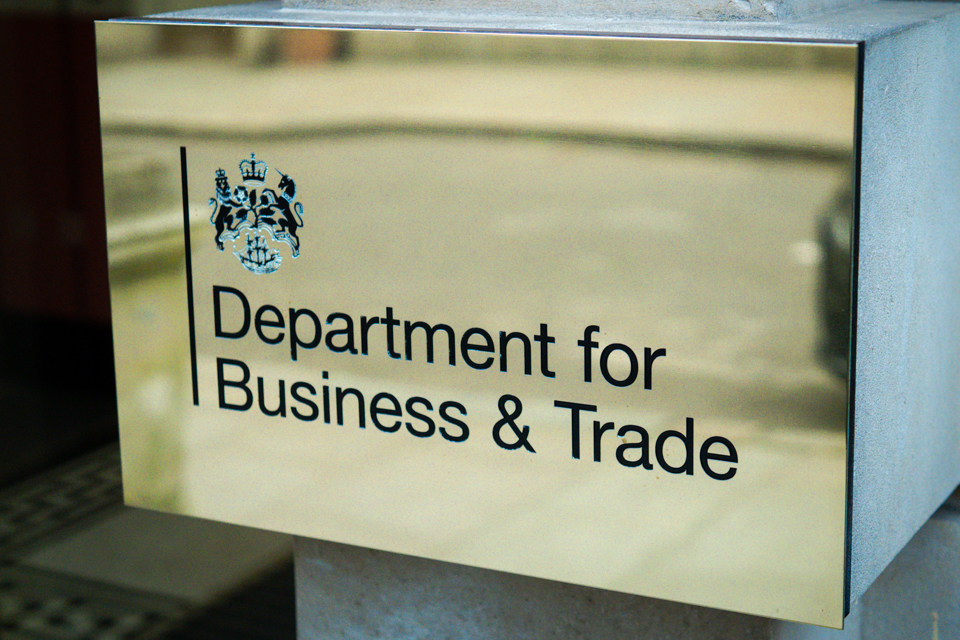UK jobs market cools again as wage growth slows

- by Admin
- July 18, 2024

UK wage growth slowed in May to the lowest level in two years amid a cooling jobs market, underscoring the challenge for the Bank of England as policymakers decide whether to cut interest rates.
Figures from the Office for National Statistics (ONS) show annual pay growth eased from 5.9% in the three months to April to 5.7% in the three months to May, matching City economists’ predictions.
Unemployment was unchanged from 4.4% in April, while the number of job vacancies fell by 30,000, led by dwindling demand in retail and hospitality amid a continued slowdown in hiring across the economy.
After a sharp fall in headline inflation over recent months, real wage growth taking into account the rising cost of living has strengthened. Total real pay – including bonuses – rose by 3% on the year in the three months to May. Growth was last higher in the three months to August 2021, when it was 4.5%.
Liz McKeown, the ONS director of economic statistics, said: “We continue to see overall some signs of a cooling in the labour market, with the growth in the number of employees on the payroll weakening over the medium term and unemployment gradually increasing.
“Earnings growth in cash terms, while remaining relatively strong, is showing signs of slowing again. However, with inflation falling, in real terms it is at its highest rate in over two and a half years.”
Financial markets expect Bank policymakers will hold off from cutting interest rates from the current level of 5.25% at their meeting on 1 August, instead waiting until they are convinced that inflation will remain close to the government’s 2% target before reducing the cost of borrowing.
Threadneedle Street has previously warned that inflation is likely to rise above 2% this year amid resilient wage growth and price increases in the service sector of the economy.
The figures come after headline inflation unexpectedly remained at 2% in June for a second month in a row, while underlying measures from the service sector also held steady in a development likely to dash hopes for an August rate cut.
Although wage growth is cooling, economists said at 5.7% it remained inconsistent with the Bank’s 2% inflation target. Ashley Webb, UK economist at the consultancy Capital Economics, said the slowdown in the jobs market probably wasn’t enough to offset strength in services inflation.
“As a result, we have changed our forecast for the timing of the first interest rate cut from 5.25% from August to September, although it is a close call,” he said.
after newsletter promotion
Several members of the Bank’s monetary policy committee, including its chief economist, Huw Pill, have warned in the past week that service sector inflation and a tight jobs market could force Threadneedle Street to take a cautious approach.
The picture for the Bank is also complicated by the quality of the ONS data, after a decline in people responding to its labour force surveys since the Covid pandemic. The ONS is updating the survey in response to these challenges, but warned on Thursday it would need to delay its launch by six months.
Greg Thwaites, a research director at the Resolution Foundation thinktank, said pay packets were “proving mightily resilient” despite a cooling labour market.
“Rising real wages are good news for workers coming out of the cost of living crisis. But the Bank of England will be concerned that because these are not productivity-enhanced pay rises, they could turn out to be inflation-generating ones. The high-strength pay data, and low-quality jobs data, further complicate plans to cut interest rates.”
The Latest News
-
December 22, 2024Elon Musk’s British cousin reveals how brutally world’s richest man snubbed him: ‘I’m shocked that…’
-
December 22, 2024‘Labour will torpedo my firm’: One of Britain’s OLDEST family businesses says inheritance tax plans could destroy his finances in ‘blink of an eye’ after 250 years of trading
-
December 22, 2024UK Weather: Wind messes up UK travel plans
-
December 22, 2024Life in one of Britain’s most miserable towns: Locals in Barking blast council ‘shambles’ and say shopping centre is so empty it is like living in a ‘ghost town’
-
December 22, 2024Christmas travel chaos continues with 100 Heathrow flights cancelled amid severe 80mph wind weather warnings





